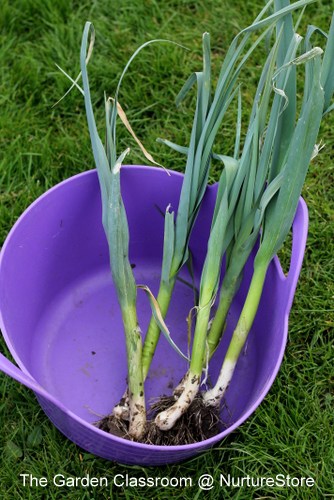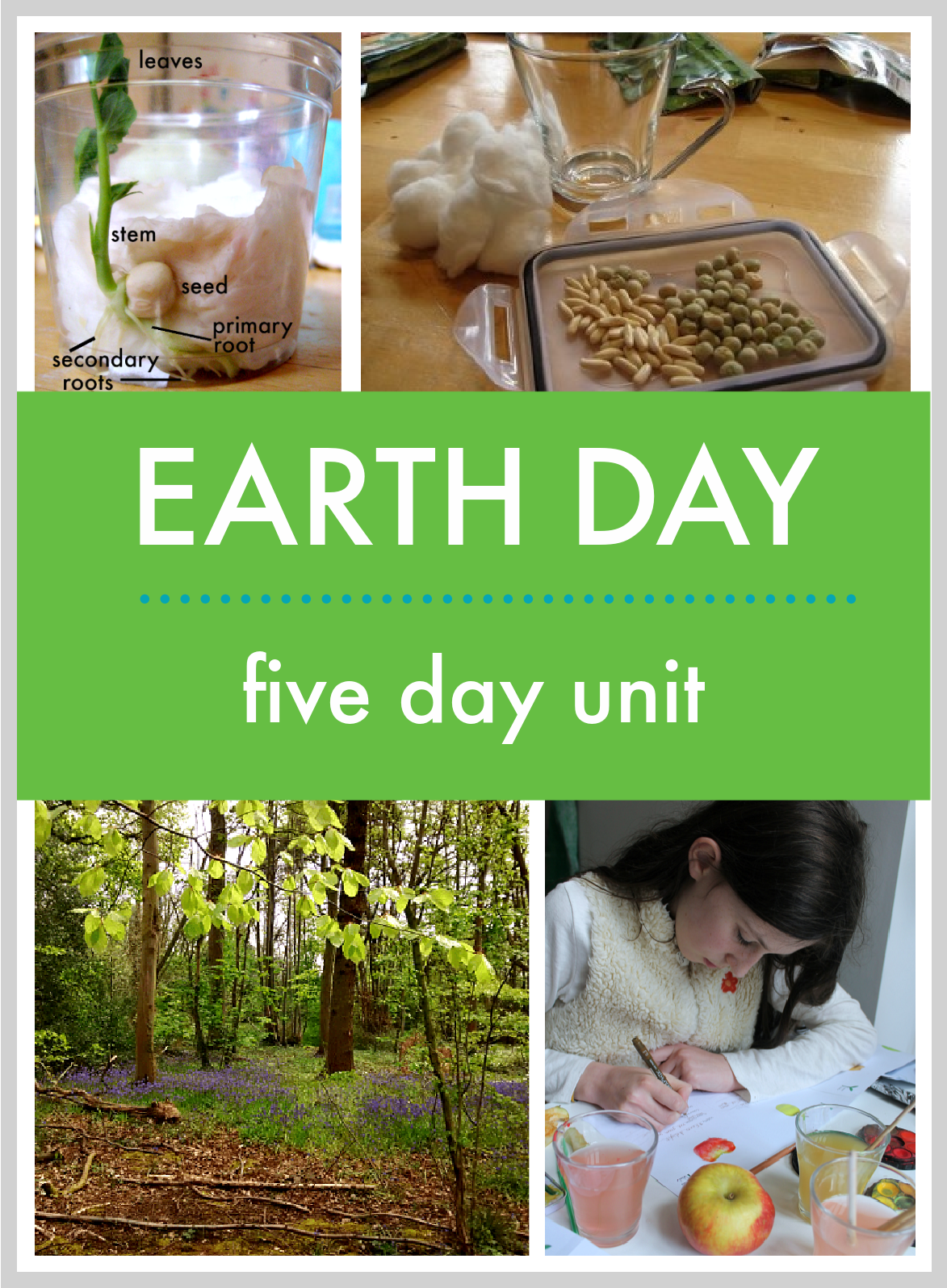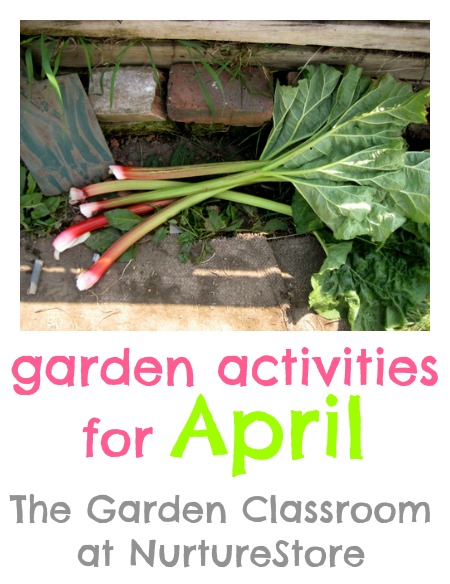Spring has sprung! Here are some important garden activities for April that will help you get your garden blooming and set you up for a great year of gardening with your children.
Watch our Guide to Garden Classroom Activities for April
Click play on the video above to see our guide to garden activities to do in April.
This monthly gardening guide of gives you great ideas for gardening activities for your children. They’re perfect for families gardening with kids, school gardening clubs, homeschoolers and homesteaders, and allotment gardening.
Subscribe to NurtureStore’s YouTube channel to get more gardening and nature study videos!
Garden Activities for April
Welcome to our garden classroom! This post is part of our Kids Gardening Activities. You can use our month-by-month garden guides for your school gardening club, community garden or at home with your family and I’ll show you what to plant, harvest, do, make and learn each month of the year. You will also find more ideas and inspiration in my book, The Garden Classroom.
#1 What to plant in April
For us in the UK, now is the time to sow: summer squash, sweetcorn, Florence fennel, lettuce, courgette, broccoli, celery, runner beans, beetroot, French beans, cabbage, pumpkin, basil, sunflowers, cucumber, peas, sunflowers.

Think about succession planting for your salads, radish, peas and beans. You want to be able to harvest these plants all summer long, not have a glut of everything all in one week. So, don’t plant all of these seeds at one. Start several of each now, and then plant more every few weeks, so they will mature and be ready to harvest in sequence throughout the growing season – meaning you’ll always have something to pick each week.
Your children might like to grow a garden of their very own this year. Try this idea for ‘my first garden’ with some easy plants to grow with children.

#2 Set up growing frames
Think about where you are going to grow your peas, sweetpeas and beans this year and put in place some frames to support them. It’s a good idea to rotate their location in your garden from year to year, as this system of crop rotation can reduce their risk of picking up pests and diseases from previous years. It also means one area of your garden won’t get depleted in nutrients, which can occur if you grow the same plant in the same spot, year on year.
A great way to make a plant support for your peas and beans is to use three or four garden canes (poles) to make a teepee, fastened together at the top with garden twine. This is a good project for children to take on. They can work out how many plants you want to grow, how many teepees are needed and plan out where to locate them. Then they can work together to build the structures. It’s a great hands-on maths and construction lesson. And at this time of year when the garden might still be looking rather bare, it’s nice to see the immediate transformation that happens when you add some height and structure with your frames.
#3 Get weeding
Oh, the weeding cycle is here already! As soon as spring appears, so do the weeds. If you can get a head start now, when annual weeds are germinating, you can remove the plants when they are tiny, really reducing the need to keep on weeding later on in the year. Talk with your children about weeds and how to identify them, and then get them involved in the work. You could hold a contest to see who is the first to fill up a bucket with weeds.

#4 Bug hunting
Send the children out each morning for a week to check for snails and slugs. You don’t want your precious seedlings chomped to the ground by a greedy snail hiding out in the greenhouse, waiting for a midnight feast. Show the children how to check carefully in all the hidden places: under seed trays, around the rims of plant pots, under stones, in the corners of the greenhouse and walls. When you find some – and I bet you will! – dispose of them or relocate them, as you wish.
If you have a garden pond, watch out for frogspawn and tadpoles this month. – and try some small world play based on the frog life cycle.

#5 What to harvest in April
There are already some goodies you can harvest in your garden, including chives, spring onions, rhubarb, and any remaining leeks.

#6 Easter planting
For a fun first growing activity, try these eggheads with cress hair.

#7 Learn about pollination
What is pollination? Why are bees so important? How can we support bees? This pollination lesson has the answers plus you can make a cute bee craft too.

#8 Celebrate Earth Day
April 22nd is Earth Day and you can find our Earth Day festival guide here.

#9 Use your garden as a paint brush
Try a new creative challenge: set down your usual paint brushes and try things from your garden instead! Follow these ideas to make your own paint brushes using natural materials.

#10 Get The Garden Classroom guide
My book The Garden Classroom is bursting with ideas you can use to make the most of the math, science, literacy, art and play waiting for you outdoors. This is your go-to book to give your children a connection with nature, and is full of creative ways to use the garden to inspire learning. See more and get your copy here.




